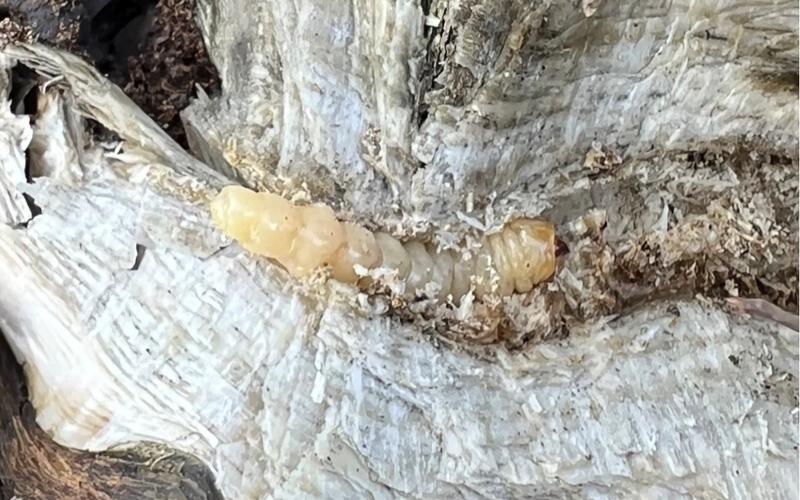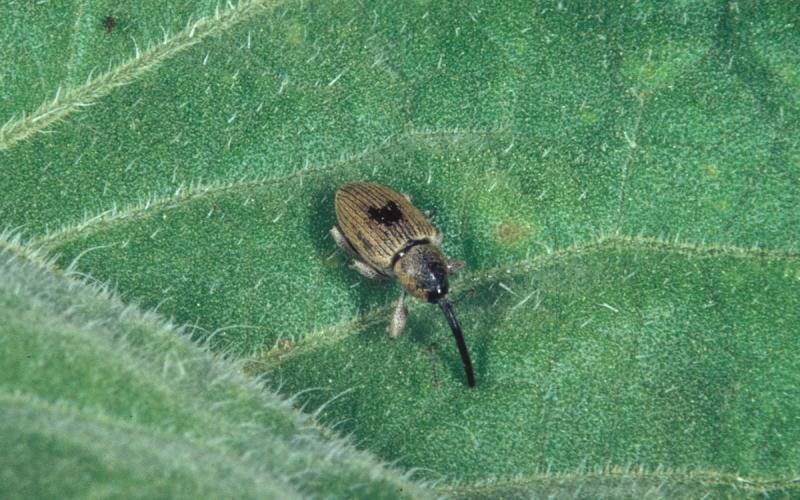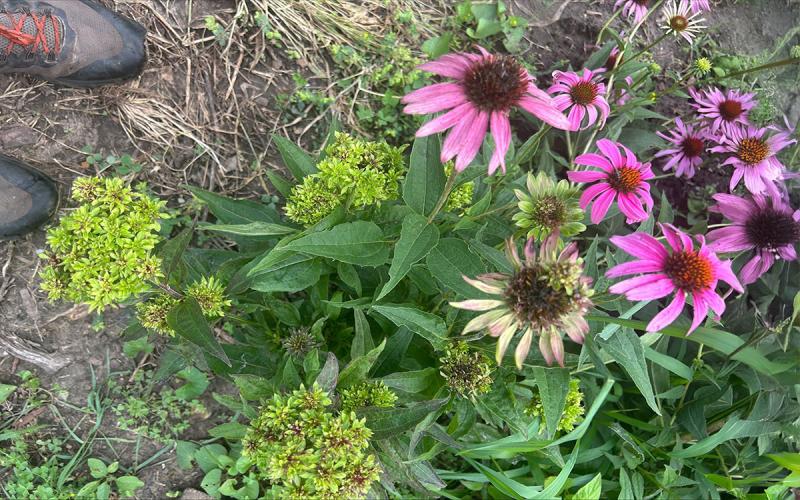Originally Submitted: July 8, 2021
In South Dakota, some late-planted sunflower fields are having some cutworm pressure. Although most cutworm activity should be wrapped up by now, it is possible that some populations may have been feeding up until the beginning of July. Areas with a lot of crop residue may have delayed egg hatch, and as a result, the cutworms were behind schedule. No cutworms were found in the fields, but there were patches of cut plants. At this point in the season, management for cutworms shouldn’t be necessary, as they will be pupating very soon if they haven’t already.
Cutworm Identification and Scouting
There are three species of cutworms that are reported as pests of sunflowers. These include the dingy cutworm, redbacked cutworm and the darksided cutworm. Dingy cutworms are considered an early-season cutworm, because they overwinter as caterpillars in the soil. They are normally done feeding by mid-June. The redbacked and darksided cutworms are late-season cutworms, with late being a very relative term. These two species overwinter as eggs, and after hatching in the spring, they will feed until the end of June. It is likely that the observations of cut plants were due to one of these species.
All of the cutworm species listed are nocturnal feeders that hide in the soil during the day. These cutworms can be observed by using a hand trowel and digging in the soil near plants that show signs of defoliation or cutting. Cutworms may also be present under plant debris that is in the field. To scout for cutworms, walk in a “W” or “Z” pattern, and examine injured plants in five locations within the pattern. At each location, use the trowel to search a one square foot area within the row. Dig approximately two inches down and carefully sift through the soil when looking for caterpillars. In no-till fields, the caterpillars will often hide under crop residue.
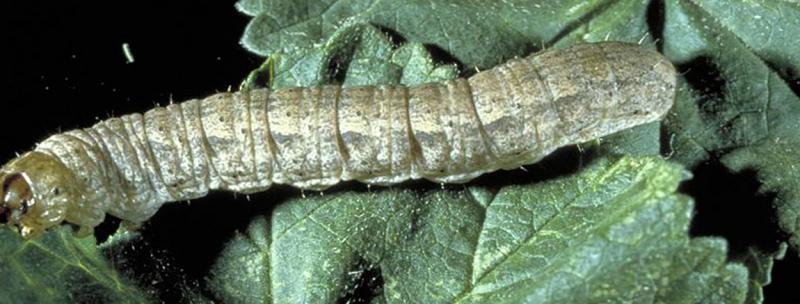
Dingy Cutworms
The dingy cutworm caterpillars are approximately one inch when fully grown and are generally a grey to dull-brown color. They have one observable pale grey line that runs down the center of their bodies (Figure 1). Dingy cutworms have already been observed in safflower and sunflower in parts of South Dakota this year.
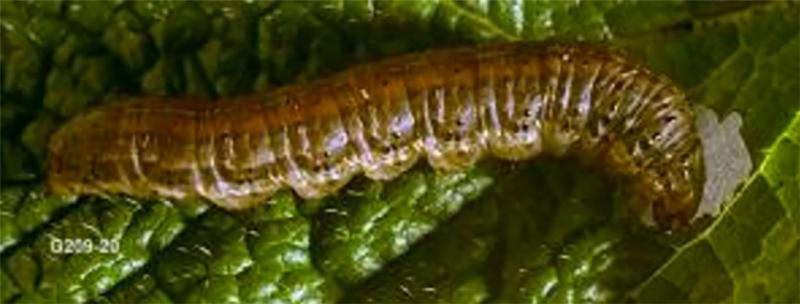
Redbacked Cutworms
These cutworms are approximately one inch long when fully grown and are dull gray to brown in color. They have two distinguishing red stripes present on their backs (Figure 2).
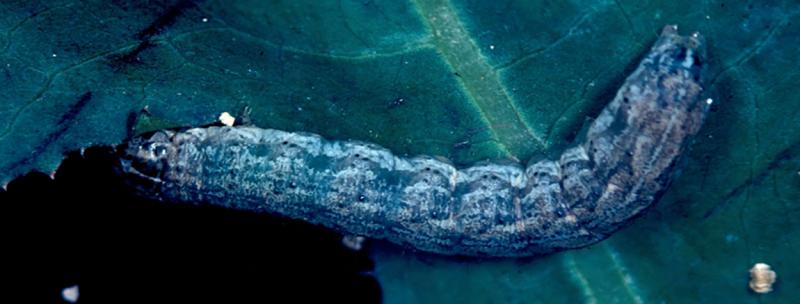
Darksided Cutworms
The darksided cutworm caterpillars are approximately one inch in length when fully matured. They have a pale-brown back and lighter underside. These cutworms have numerous indistinct stripes that are present on their sides (Figure 3).
Cutworm Management
Since it is late in the season, we don’t’ recommend treating fields for cutworms. If this issue had been observed earlier in June, insecticide management for cutworms could be considered. The threshold for cutworms in sunflower is an average of 25–30% cut plants from the scouted areas of the field. For cutworms, management after emergence can be achieved through the use of foliar insecticides.
